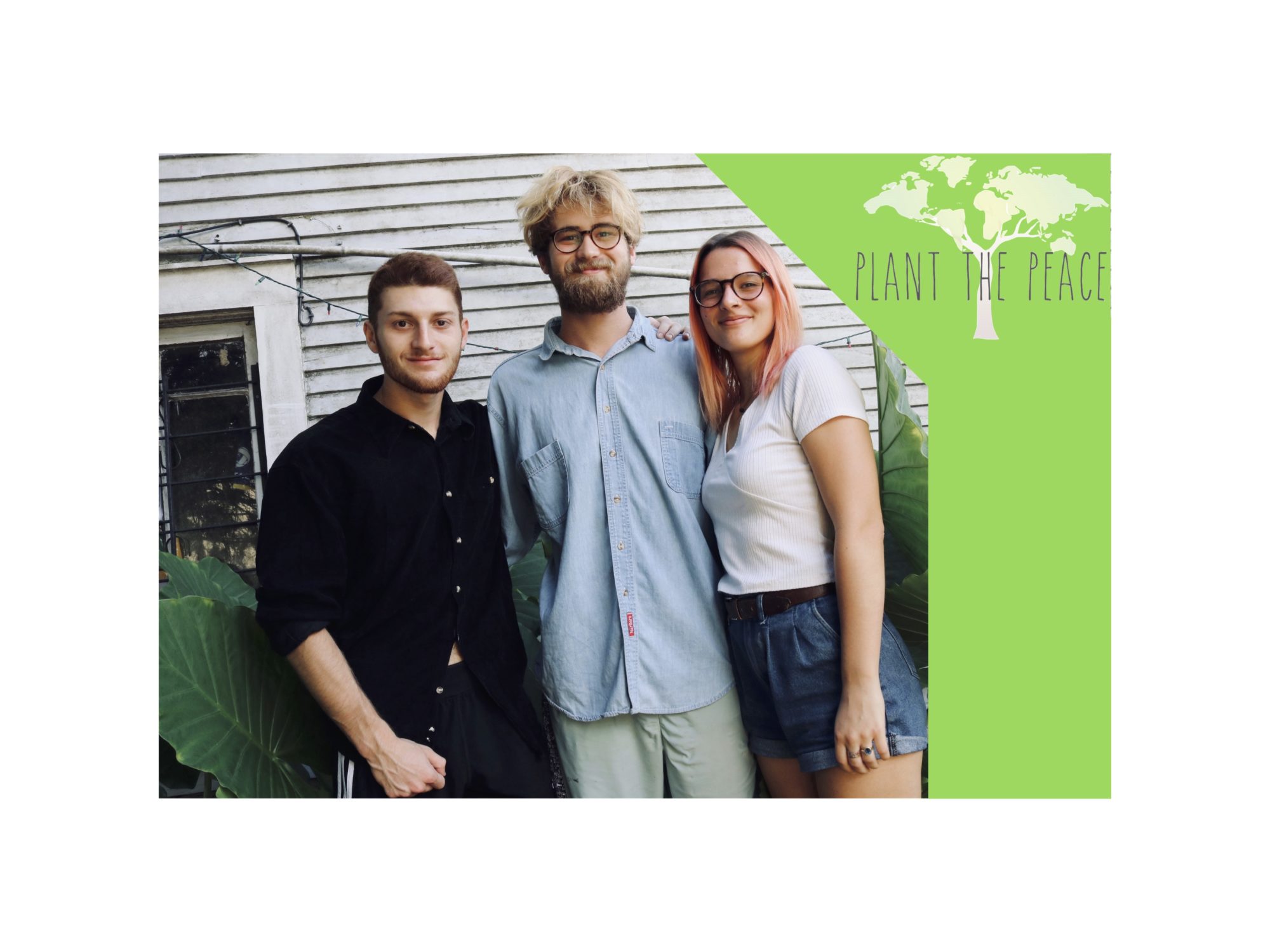Alvarez Spark Innovation Award recipient Maxwell Landy used grant money to kickstart his ed-tech nonprofit Plant the Peace to investigate ways to make fighting climate change more inclusive. Maxwell is majoring in environmental studies with minors in public policy and business management.”
When you visit www.plantthepeace.com , you play fun, educational games and learn about the environment and the world. For every 10 questions you get right, we plant a tree. We partner with sustainable companies working to offset their carbon contribution and Trees For The Future who plants trees across five countries in sub-Saharan Africa. We facilitate planting trees all over the world to help combat climate change. By playing games and learning, you’re helping save our planet.

Throughout the early development of Plant the Peace, there was difficulty in securing funding for the organization to properly function. Many different forms of fundraising were implemented to secure the ability to continually donate trees to Trees to the Future. The group began Plant the Peace using their own money until they found out about the Taylor Center through the Center for Public Service. Vice President Maxwell Landy then applied to receive the Alvarez Spark Innovation Award to offset expenses that were quickly building up. Through the grant, the organization received the funds needed to build a website, develop functional games, and design a backend recording system that allows users to create their accounts that track their number of trees planted.

Another fundraising method Plant the Peace has used is GoFundMe. Plant the Peace launched a GoFundMe when internet traffic increased in September. This increase in internet traffic led to the group needing to donate almost 10,000 trees, which is valued at higher than the original amount of grant money provided. The GoFundMe that was launched almost reached the desired goal, but Plant the Peace is still operating with a small bank account.
Plant the Peace wants to be financially independent of individual donors and grants. They intend on receiving money to donate trees through ethical and sustainable partner brands. An example of a partnership is with a local restaurant Good Bird. Good Bird plans to donate the value of five trees for every sandwich or salad sold. As the organization grows exponentially due to the growth that has been evidenced since its inception, more money is required to keep up with the number of trees planted. With proof that their idea is attractive to the general public, it has become easier to find partner brands than ever before. In an attempt to receive enough income for the growth of the website, team members have created a list of over 1000 businesses they believe will be interested in sustainability. They created this list by profiling the brands and including them if their business was directly at stake from climate change, giving them a higher likelihood of supporting an environmental nonprofit.
Another important skill the team has learned is to divide tasks. For months, the trio collaborated on the same tasks rather than taking up their areas for labor. For example, one member’s work is concerned with environmental tasks, another is concerned with the website’s platform, another is concerned with marketing, and everyone works together to find partners. These advances are pushing Plant the Peace to becoming a model for the future of ed-tech nonprofits.

